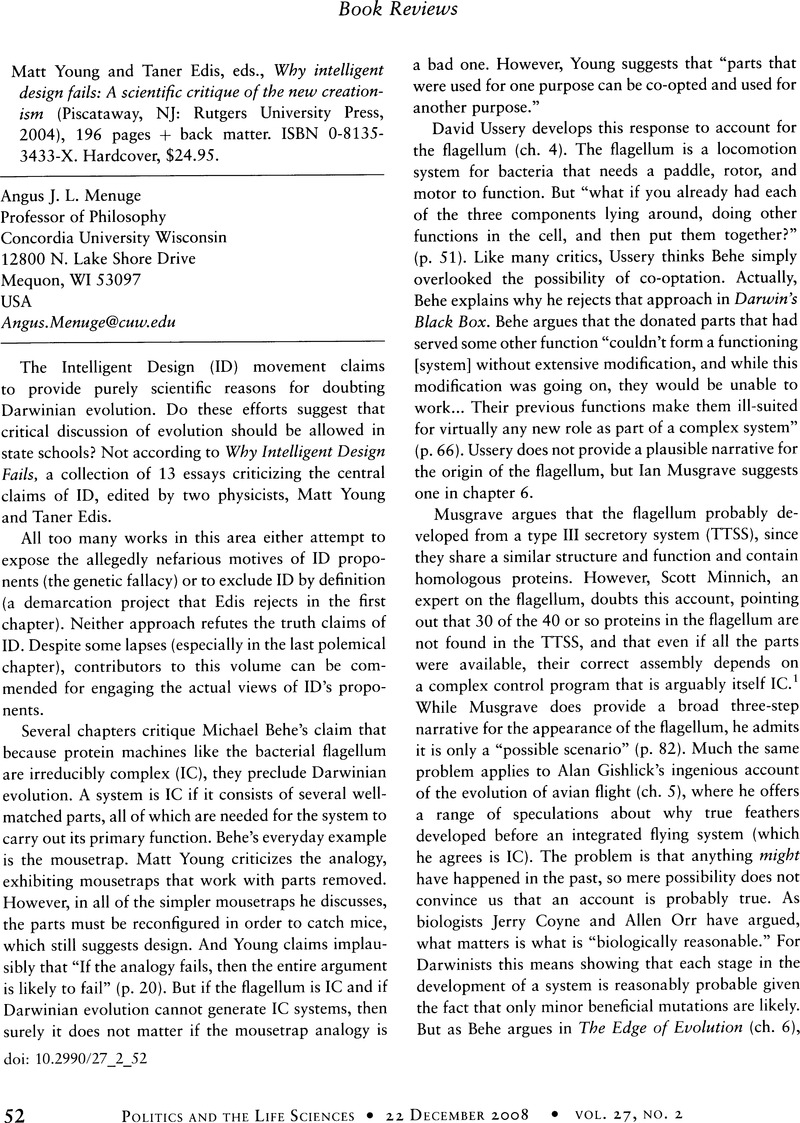Crossref Citations
This article has been cited by the following publications. This list is generated based on data provided by Crossref.
Henricksen, Wes
2018.
Scientific Knowledge Fraud.
SSRN Electronic Journal ,





